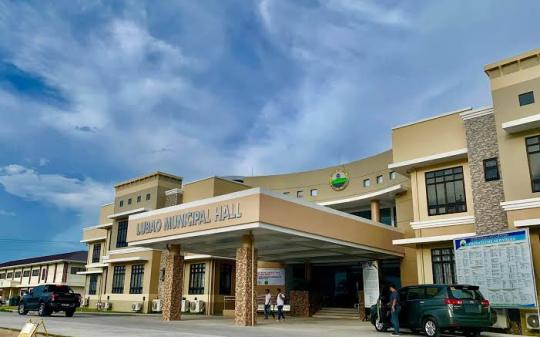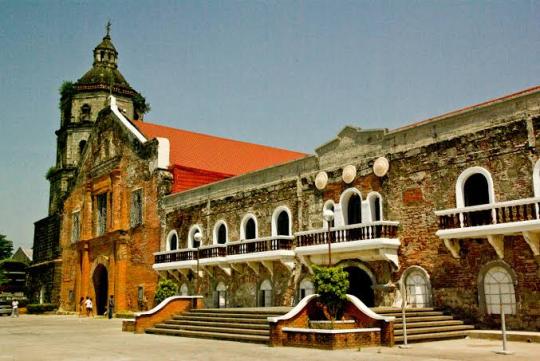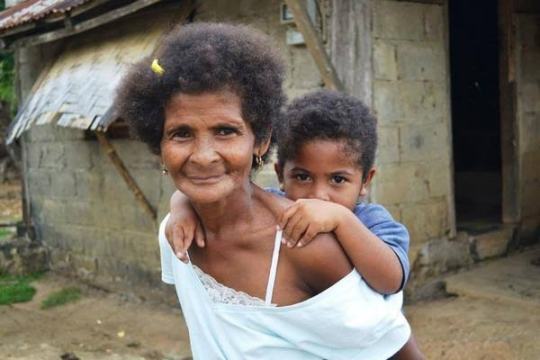Text
LUBAO is a 1st class municipality and is one of the 22 towns of the province of Pampanga. It is located at the southwestern part of the province. It is bounded by the municipalities of Guagua on the north, Sasmuan on the east, Floridablanca on the west and Orani, Bataan on the south.It has a total land area of 15,731.11 hectares and is politically subdivided into 44 barangays: Balantacan, Bancal Sinubli, Bancal Pugad, Baruya (San Rafael), Calangain, Concepcion, Del Carmen, Dela Paz, Don Ignacio Dimson, Lourdes (Lauc Pao), Prado Siongco, Remedios, San Agustin, San Antonio, San Francisco, San Isidro, San Jose Apunan, San Jose Gumi, San Juan, San Matias, San Miguel, San Nicolas 1st, San Nicolas 2nd, Spablo 1st, San Pablo 2nd, San Pedro Palcarangan, San Pedro Saug, San Roque Arbol, San Roque Dau, San Vicente, Santa Barbara, Santa Catalina, Santa Cruz, Santa Lucia, Santa Maria, Santa Monica, Santa Rita, Santa Teresa 1st, Santa Teresa 2nd, Santiago, Santo Domingo, Santo Nino (Prado Aruba), Santo Tomas, Santo Cristo.

Lubao’s terrain is generally flat and its elevation is between 0-3 meters only. Its broad plains constitute about 64.30% of the total land area. Its southern coastal area comprises 3,810.12 hectares or 24.29% which serve as the town’s fishing grounds. It is traversed by two major rivers: Gumain and Kaulaman.
According to the 2007 census, it has a population of 143,058 people in 23,446 households. It is noted for rice, sugarcane, fish and sampaguita production.
As the first Augustinian missionary center in Central and Northern Luzon, it is predominantly a Roman Catholic town.
Lubao has produced two Presidents of the Philippines: Diosdado P. Macapagal and Gloria Macapagal-Arroyo. Other famous “Lubenians” include movie stars Rogelio and Jaime dela Rosa, movie director Gregorio Fernandez, movie actor Rudy Fernandez, pianist Cecil Licad, Huk commander Silvestre Liwanag, alias “Linda Bie,” and others.
The name Lubao was derived from the indigenous word “lubo” which means low. “Lubo” is characteristically muddy and flooded; later, the term evolved into “lubao,” which is the town’s present name. The Austronesian word is associated with the low or depressed elevation of the town. Hence, Lubao is synonymous to its ancient name Baba.

The aborigines of Lubao are the Aytas who are also popularly known baluga to the lowlanders. The Aytas were nomadic, hunters, superstitious and paganistic. They first settled in Lubao via the Gumain River, a major tributary, which gets its water from Mounts Abu, Cabusilan and Pinatubo and then streams to the Balukeke River in San Pablo Matua until it finally empties at the present day Calangain River along the Pampanga and Manila Bay areas.

Along this low, yet fertile and sandy (mabalas) riverbanks of the area, strategically settled the pioneering balugas which defined them as the earliest pangpangans (riverbank settlers). The ancient balugas built their communities (balayan) along the banks of these small rivers or estuaries (sapang malati) which is why they were called tau lati or pangpangans or simply river bank people.
As the settlement flourished, the early pangpangans (later Kapampangans) of Lubao strategically concentrated themselves in Caongutan or Lalam Ungot (a swampy hamlet in Sta. Cruz). Hence, the cosmogenesis of the Kapangpangan realm.
Soon, intrepid Austronesians (Malays) started to amalgamate with the natives and taught them trade, education, government and religion. Barter was the mode of exchange, Sanskrit the orthography; monarchy the government, and Islam the religion. It was in the same area where they politically organized themselves and the ancient pagaga (cemetery) was located.
Shortly, Lubao was the trading emporium of the kapangpangans (riverbank people) that shaped Lubao as the Cradle of Kapampangan Civilization. Similarly, Lubao or Baba became synonymous to Kababan because it was the center point of trading and enterprises in the Kapampangan sphere. Its ancient port was believed to have direct trade links with Brunei, Malacca, Sumatra and Guangshou (China).

Lubao as the Cradle of Kapampangan Civilization prides itself in its timeless monuments: simple, proud and noble people; Christianity; and good governance in public service. These are immemorial traditions embellished in the persona of its people which they cherish forever because they are inherently germane in their soul
1 note
·
View note